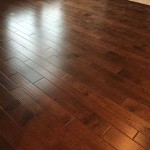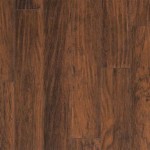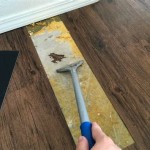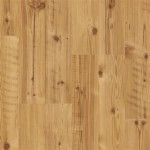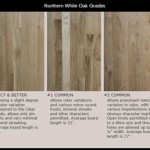Essential Aspects of Particle Board Flooring Specifications
Particle board flooring, a popular and affordable flooring option, offers a range of benefits, including durability, moisture resistance, and sound insulation. Understanding the key specifications of particle board flooring is essential for making informed choices when selecting the right flooring for your project.
Thickness
Particle board flooring typically comes in thicknesses ranging from 6mm to 12mm. The thickness determines the strength and durability of the flooring, with thicker boards being more suitable for high-traffic areas. Consider the intended use and load requirements of the space to select the appropriate thickness.
Density
Density refers to the weight of the particle board per cubic meter. A higher density indicates a more tightly packed board, resulting in improved durability and stability. Particle board flooring with a density of 600kg/m³ or higher is recommended for optimal performance.
Moisture Resistance
Particle board is inherently susceptible to moisture damage. However, manufacturers have developed moisture-resistant particle board by treating it with chemicals or applying a protective coating. Look for flooring with a moisture resistance rating, such as Moisture Resistance Value (MRV) or Moisture Resistance Panel (MRP), to ensure the flooring can withstand humidity and spills.
Surface Treatment
Particle board flooring can have a variety of surface treatments, including a melamine laminate, a wood veneer, or a painted finish. Melamine laminate is highly durable and scratch-resistant, making it suitable for commercial spaces. Wood veneer provides a natural wood look, while painted finishes offer a wide range of color options.
Emission Standards
Particle board flooring may release formaldehyde, a known carcinogen. It is essential to choose flooring that meets industry emission standards, such as the California Air Resources Board (CARB) Phase 2 standards or the European Norms (EN) 622-1 standards. These standards ensure that formaldehyde emissions are within safe limits.
Installation
Particle board flooring is typically installed using a floating floor system, where the boards are connected together with a tongue-and-groove mechanism. Some boards may require glue or nails for additional stability. It is important to follow the manufacturer's installation instructions carefully to ensure a durable and long-lasting floor.
By carefully considering these essential aspects of particle board flooring specifications, you can select a flooring material that meets the specific requirements of your project. Particle board flooring offers a balance of durability, affordability, and versatility, making it a popular choice for a wide range of applications.

Particle Board As A Flooring Solution

Cement Bonded Particle Boards Floor Systems

Dindas Particleboard Flooring

Tongue Groove Particle Board Durable Flooring

Particle Board Flooring Durable Building Material

Tongue Groove Particle Board Durable Flooring

Particle Board Flooring Durable Building Material

Plytanium S I Floor Plywood Subfloor Panels Georgia Pacific

3 4 In X Ft 8 Particle Board Panel Ru1191248096000000a The Home Depot

3600 X 900 22mm Beige Tongue Endurafloor Flooring Newcastle Maitland Hunter Nhs


